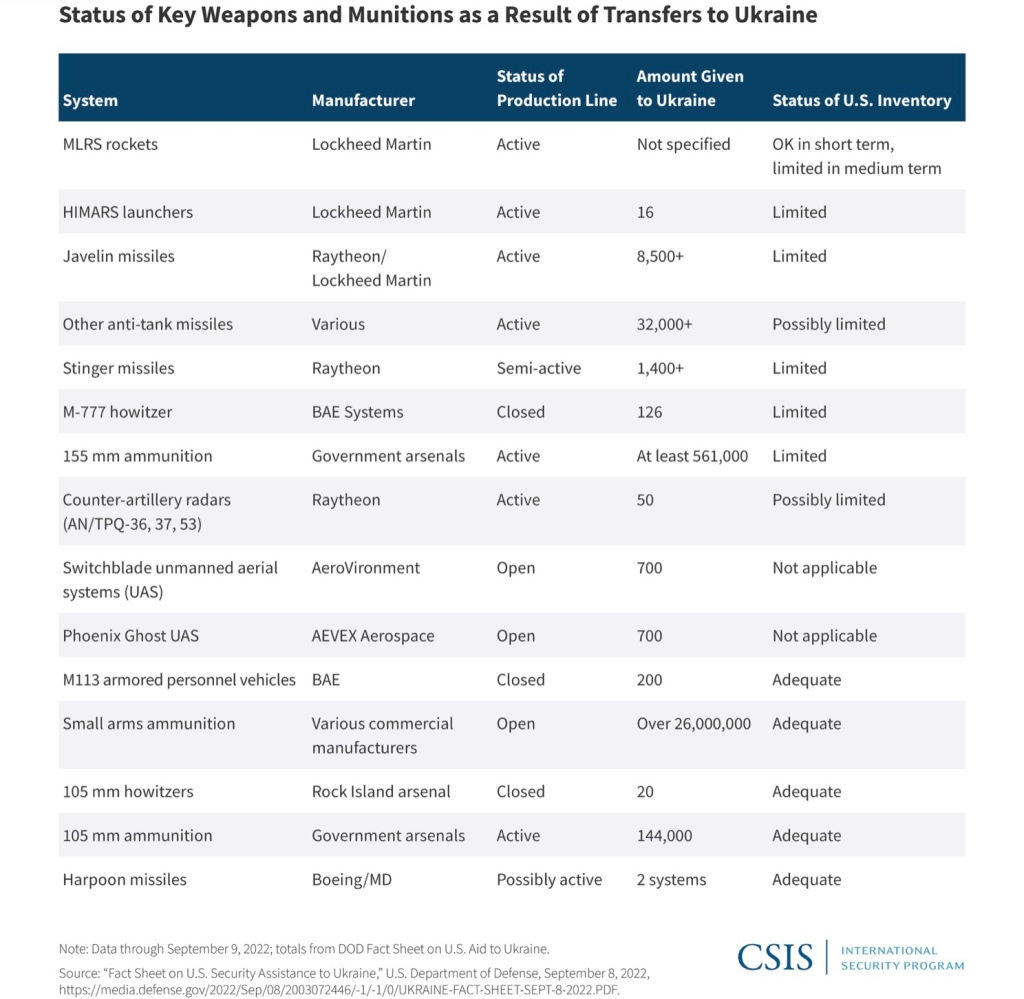Clausewitzian Friction. Maoist Endurance. American Overestimation. Wagner’s Ghost Logistics.

Clausewitzian Friction. Maoist Endurance. American Overestimation. Wagner’s Ghost Logistics.

Video: On The E-Girl Army Psyop Phenomenon via Justin Taylor
Related:
Weaponizing e-girls: How the US military uses YouTube and TikTok to improve its image
How E-girl influencers are trying to get Gen Z into the military
But Haylujan isn’t the only E-girl using Sanrio sex appeal to lure the internet’s SIMPs into the armed forces. There’s Bailey Crespo and Kayla Salinas, not to mention countless #miltok gunfluencers cropping up online. While she didn’t document her military career, influencer Bella Poarch also served in the US Navy for four years before going viral on TikTok in 2020, and is arguably the blueprint for this kind of kawaii commodified fetishism in the military. An adjacent figure, Natalia Fadeev, also known as Gun Waifu, is an Israeli influencer and IDF soldier who uses waifu aesthetics and catgirl cosplay to pedal pro-Israel propaganda to her 756k followers. She poses to camera, ahegao-style, with freshly manicured nails wrapped neatly around a glock, the uWu-ification of military functioning as a cutesy distraction from the shadowy colonial context: “when they try and destroy your nation,” she writes in one caption.

SUMMARY
U.S. munitions stockpiles are rapidly being depleted as the Ukraine war continues. Sufficient stockpiles of munitions are vital to the U.S. defense. Once the stockpiles are expended, the Department of Defense cannot simply buy more munitions—manufacturing takes years. Congress and the Department of Defense must ensure that the U.S. has sufficient stockpiles to meet the challenges of the modern era while working with manufacturers to make the industry as responsive as possible.
Rapidly Depleting Munitions Stockpiles Point to Necessary Changes in Policy
New $1.1 Billion Arms Package for Ukraine Includes 18 HIMARS Launchers
The HIMARS that the US has been sending to Ukraine are equipped with missiles that have a range of about 50 miles. But that can change, and Kyiv is requesting Army Tactical Missile Systems, which have a range of 190 miles, but Washington has been hesitant to send the longer-range missiles. Russia has warned that providing such arms would cross a “red line.”
Related:
The U.S. and Europe are running out of weapons to send to Ukraine
In the U.S. weapons industry, the normal production level for artillery rounds for the 155 millimeter howitzer — a long-range heavy artillery weapon currently used on the battlefields of Ukraine — is about 30,000 rounds per year in peacetime.
The Ukrainian soldiers fighting invading Russian forces go through that amount in roughly two weeks.
…
Is the U.S. ability to defend itself at risk?
The short answer: no.
…
The U.S. has essentially run out of the 155 mm howitzers [M777?] to give to Ukraine; to send any more, it would have to dip into its own stocks reserved for U.S. military units that use them for training and readiness. But that’s a no-go for the Pentagon, military analysts say, meaning the supplies reserved for U.S. operations are highly unlikely to be affected.

Arms makers are licking their chops as defense officials worry about shortfalls in weapons stockpiles.
Pentagon stockpiles ‘uncomfortably low’ due to Ukraine arms transfers: DoD
Related:
Ukraine War Depleting U.S. Ammunition Stockpiles, Sparking Pentagon Concern
In recent weeks, the level of 155 mm combat rounds in U.S. military storage have become “uncomfortably low,” one defense official said. The levels aren’t yet critical because the U.S. isn’t engaged in any major military conflict, the official added. “It is not at the level we would like to go into combat,” the defense official said.
…
In the U.S., it takes 13 to 18 months from the time orders are placed for munitions to be manufactured, according to an industry official. Replenishing stockpiles of more sophisticated weaponry such as missiles and drones can take much longer.
…
Speaking on an earnings call July 19, Jim Taiclet, chief executive of Lockheed Martin Corp., said the Pentagon has yet to put the contracts in place or coordinate with industry to buy more supplies, a process that often takes two to three years.
You must be logged in to post a comment.